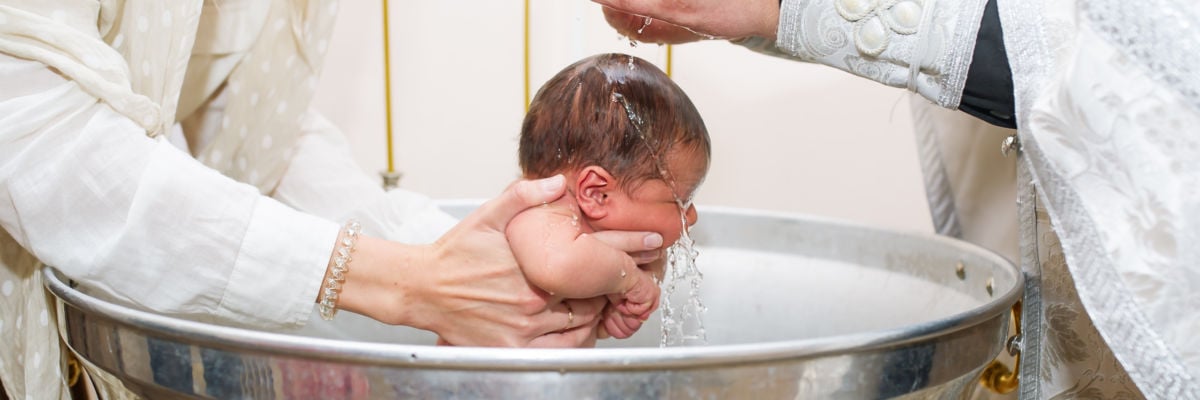
Jimmy Akin explains the cultural and practical factors that have lead to the Catholic Church’s preference for baptism by immersion, while clarifying that both pouring and immersion are valid modes of administering the sacrament.
Transcript:
Host: Anonymous, listening—or, watching on YouTube Live, you are on with Jimmy Akin, what’s your question?
Caller: Hi! I had a question—oh, can you hear me?
Host: We can, yes.
Jimmy: Yes, you’re on the air, what’s your question?
Caller: Okay, sorry, I was just wondering about baptism. I’ve just been, like…in the Catholic Orthodox church which I’m a part of, we have, like, the standard baptism by immersion, and then if there’s any need to do it otherwise, if there’s any reason to make an exception, we’ll go by the exception. So what I was just wondering is, just curiosity as to why, like, the Catholic Church, like the standard is pouring instead of immersion.
Jimmy: Um, it’s just culture. That’s the fundamental answer. The Catholic Church recognizes that both immersion and pouring are valid modes of baptism; that’s something that’s been recognized since the first century, because we have at least the mode of pouring mentioned as a valid mode in a document known as the Didache, which dates back to the first century. So the validity of both modes is something that has been recognized widely down through history.
However, presumably because it can be a little awkward to immerse a baby, and baptism is normally performed with babies, or most frequently performed with babies, in the Latin rite of the Church, it ended up being the less common mode. However, the Church does acknowledge that immersion is a more expressive way of symbolizing the action of God in baptism and the washing away of our sins. So if you look in the Church’s current documents, there’s even kind of a little preference for immersion where it’s possible and appropriate, but for historical-cultural reasons, it is not the most common form of administration of baptism, and it tends to go to the fact that it’s a little harder to immerse a baby than it is an adult.
Now, that’s not to say you can’t immerse a baby; in fact, my understanding is that in many branches of Christianity—and it may be this way in the Coptic Orthodox church—but in many branches of Christianity, babies are immersed. And so it’s certainly possible, it just may cause a little more ruckus than it would just pouring—although, even pouring can cause a little bit of a ruckus with a baby.
Caller: Thanks, yeah and we do immerse babies as well. I was just curious about the difference and why that was the case, so thank you!
Jimmy: No problem, basically just a cultural difference just cause of how things evolved.



